Cooperative Learning in Physical Education
PLT4M
FEBRUARY 15, 2023
In this article, Sean explores a cooperative learning in physical education Be on the lookout for lots of great content from Sean as he helps take the academic angle of physical education best practices. Organizing the learning environment in physical education (PE) can be a daunting task for teachers, especially with large classes.

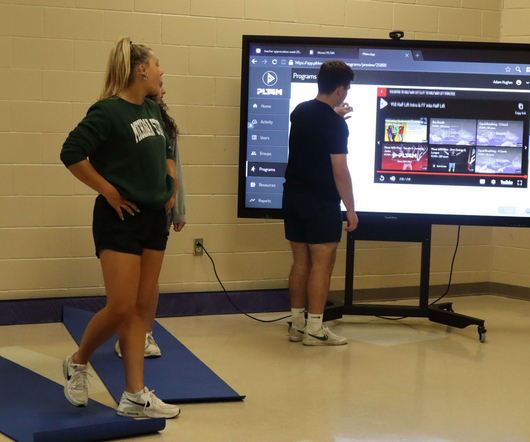
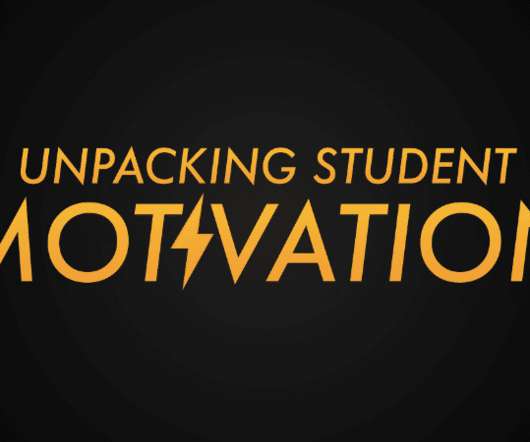
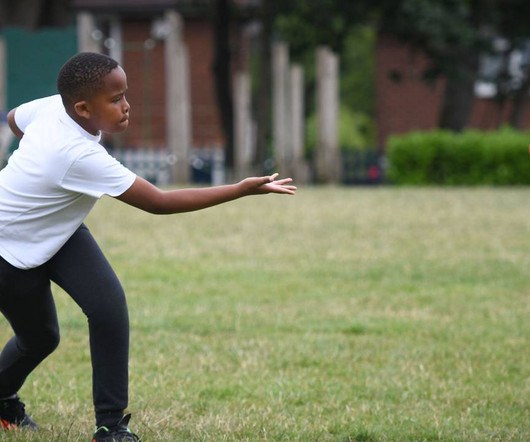
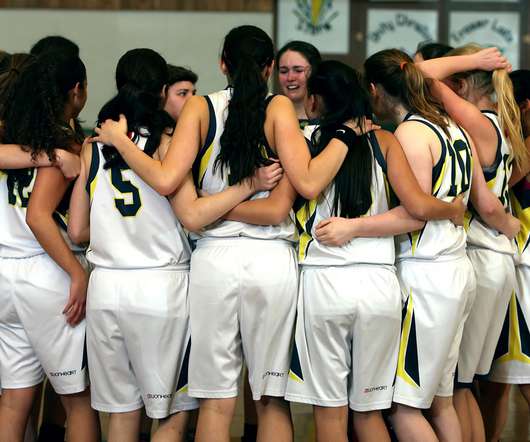
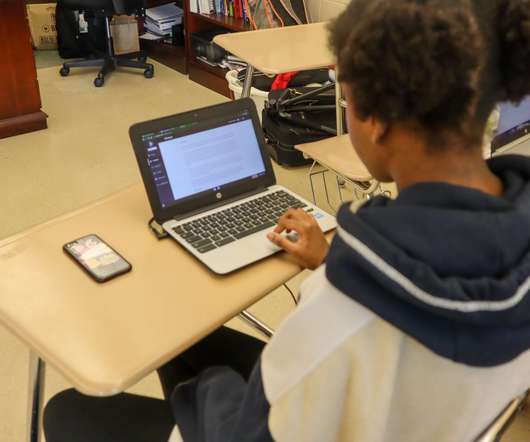
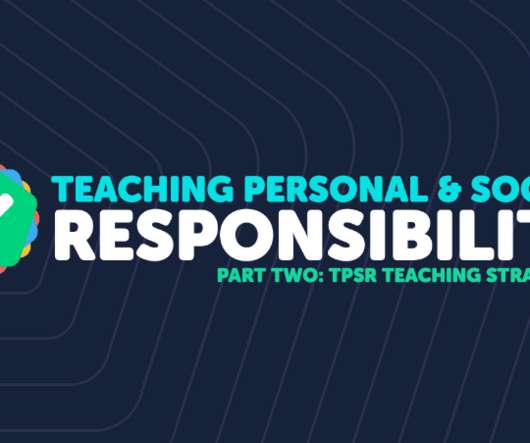






Let's personalize your content